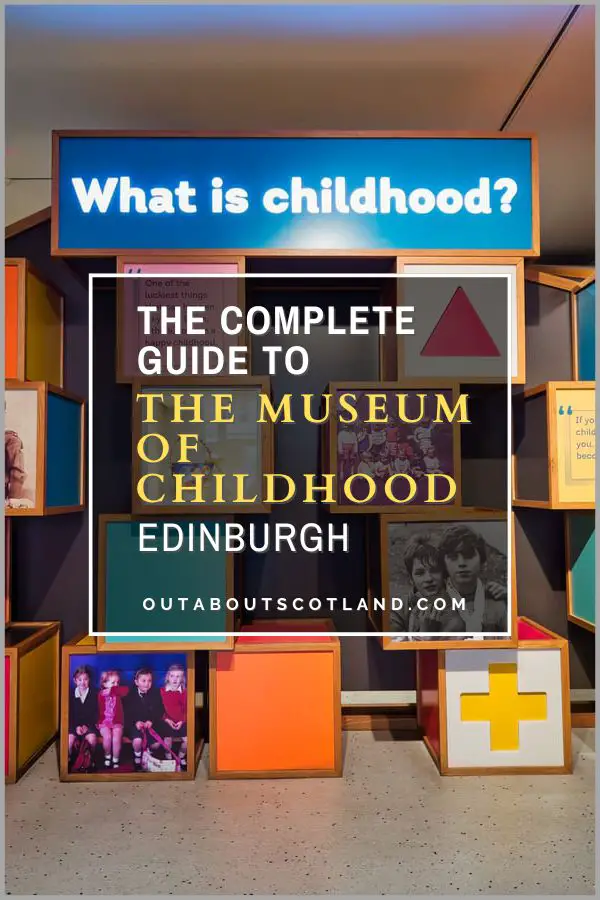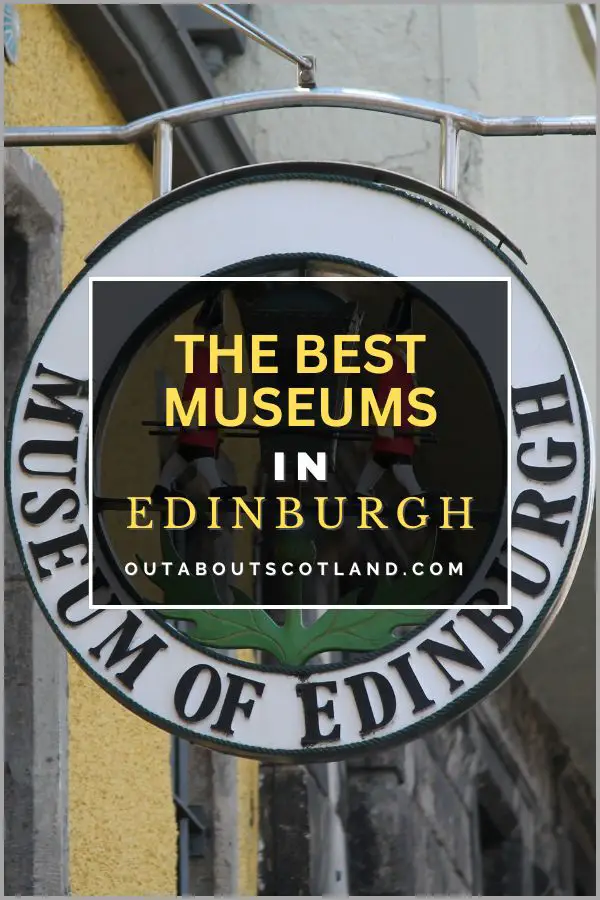Edinburgh Zoo is set in 82 acres of parkland on Corstorphine Hill in Edinburgh. The zoo was the first in the world to house and breed penguins, and it’s one of the few zoos in Britain that has kept pandas.
The zoo features children’s play parks, cafés, and gift shops, in addition to a wide range of animal enclosures where you can see species from meerkats to chimpanzees. Discover everything you need to know about Edinburgh Zoo with this complete visitor guide.
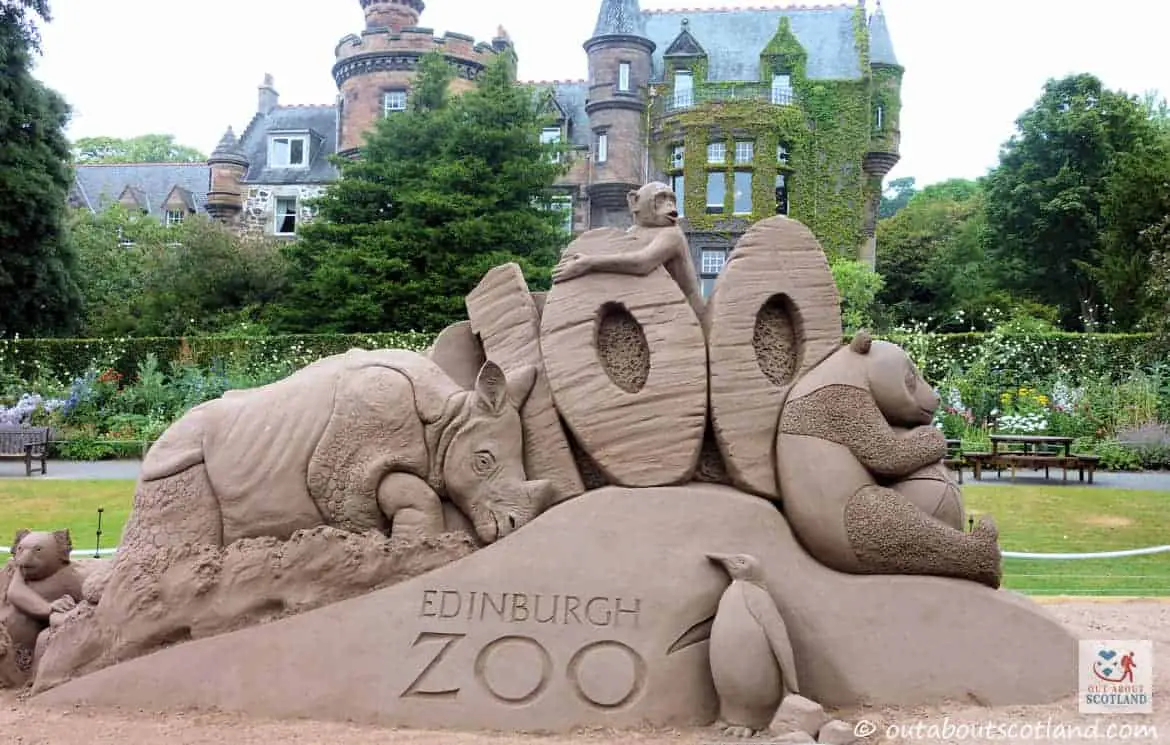
| Address: | 134 Corstorphine Road, Edinburgh, EH12 6TS |
| Opening Hours: | April – September: 10 am to 6 pm October and March: 10 am to 5 pm November – February: 10 am to 4 pm Closed Christmas Day and Boxing Day |
| Admission Price: | Adult: £21.95 Child: £13.95 Concession: £18.10 |
| Parking: | Paid on-site parking £3 per vehicle |
| Contact: | 0131 334 9171 info@rzss.org.uk |
| Facilities: | Gift shops, cafes, snack kiosks, restaurants, toilets, disabled access, picnic area, wheelchair hire |
| Photos: | Virtual Tour YouTube Video |
| BUY TICKETS | Click here to purchase |
Overview
Set over 82 acres of parkland on the south-facing slope of Corstorphine Hill, Edinburgh Zoo is the second most popular tourist attraction in Scotland after Edinburgh Castle.
The Royal Zoological Society of Scotland (RZSS) owns the zoo, which opened its doors in 1913 and now welcomes more than 600,000 visitors each year. As well as being one of the top-rated zoos in Europe, it’s also famous for being a world leader in captive breeding programmes and animal behaviour research, and the RZSS is actively involved in providing education to children as well as adults.
Edinburgh Zoo has a huge amount of things to see and do, and with over a thousand animals to view you’re certainly not going to get bored during a visit.
The enclosures that house the lions, monkeys, penguins, tigers, and other animals are all fascinating, but the two main highlights are ‘Penguins Rock’, which features Europe’s largest outdoor penguin pool, and ‘The Budongo Trail’, where you can watch chimpanzees in one of Europe’s most innovative man-made wildlife habitats.
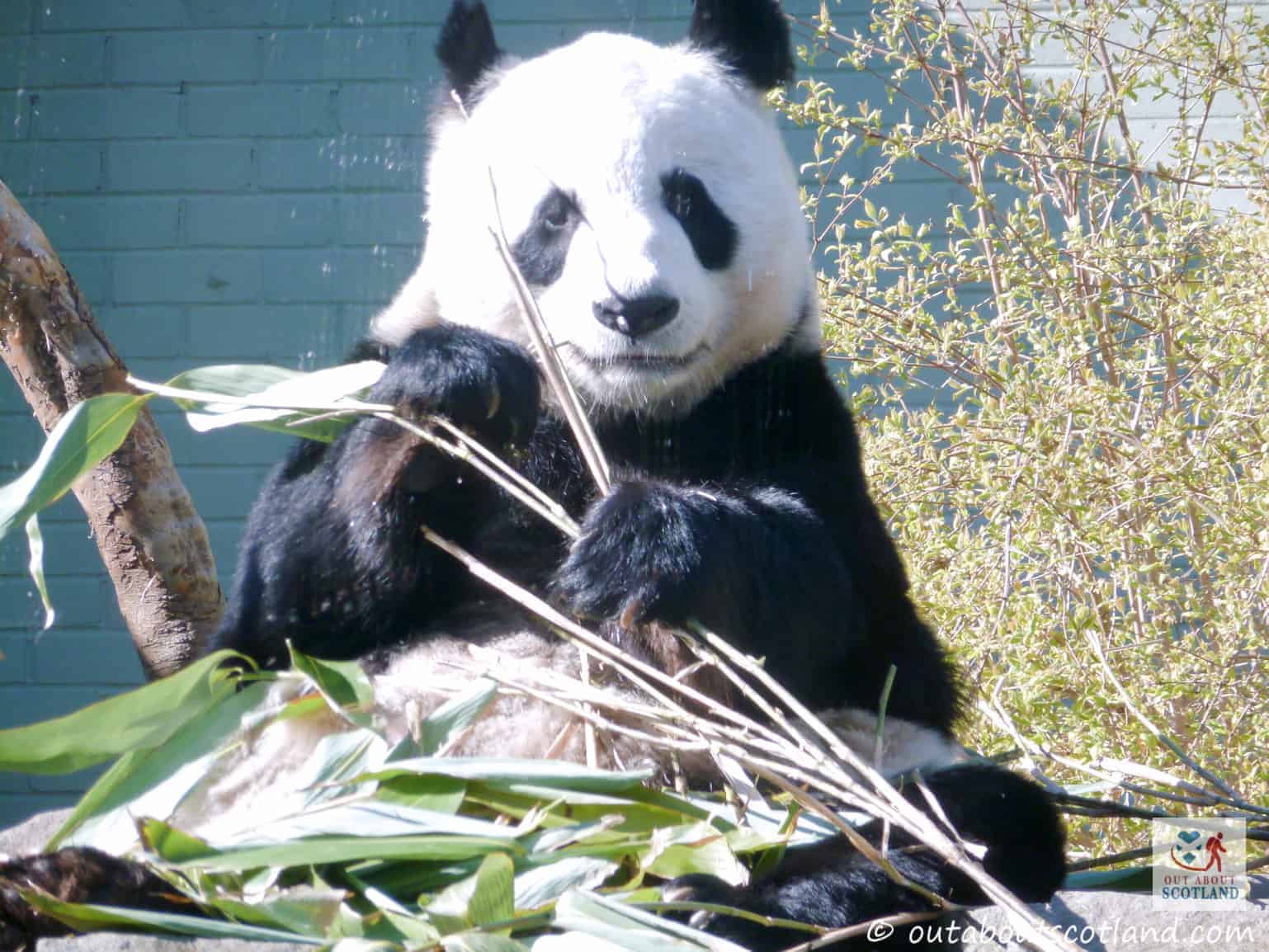
The Highlights
1: The Living Links Centre is a collaboration with the Royal Zoological Society of Scotland and the University of St Andrews, focusing on primate behaviour research. Visitors can watch various species of primates interact with each other, such as capuchin monkeys and squirrel monkeys.
2: The zoo’s well-known Penguin Parade is a charming event where you can watch the local king and gentoo penguins waddle around their enclosure and occasionally even outside it with their keepers. It’s a fun and educational experience that has been going on since the 1950s.
3: Edinburgh Zoo is involved in various conservation projects and offers the chance to see a wide range of rare animal species, from Asiatic lions and Sumatran tigers to a variety of monkeys, birds, reptiles, and amphibians.
Visiting Tips
1: Before you go, check the Edinburgh Zoo website for the schedule of any daily talks, feeding times, or special events. Planning ahead will help you maximise your time and ensure you don’t miss any experiences, such as the daily penguin parade. Also, consider purchasing tickets online in advance to save time and potentially money, as there may be online discounts.
2: You can get to Edinburgh Zoo by Lothian Buses on services 12, 26 and 31 from Princes Street. These buses will also take you back to the city centre.
3: If you like attractions like this, you’ll be pleased to know the eastern side of Scotland is full of animal-themed places to visit. Two family favourites are St. Andrews Aquarium and The Scottish Deer Centre. Alternatively, if you head north, I recommend Edinburgh Zoo’s sister site at the Highland Wildlife Park.
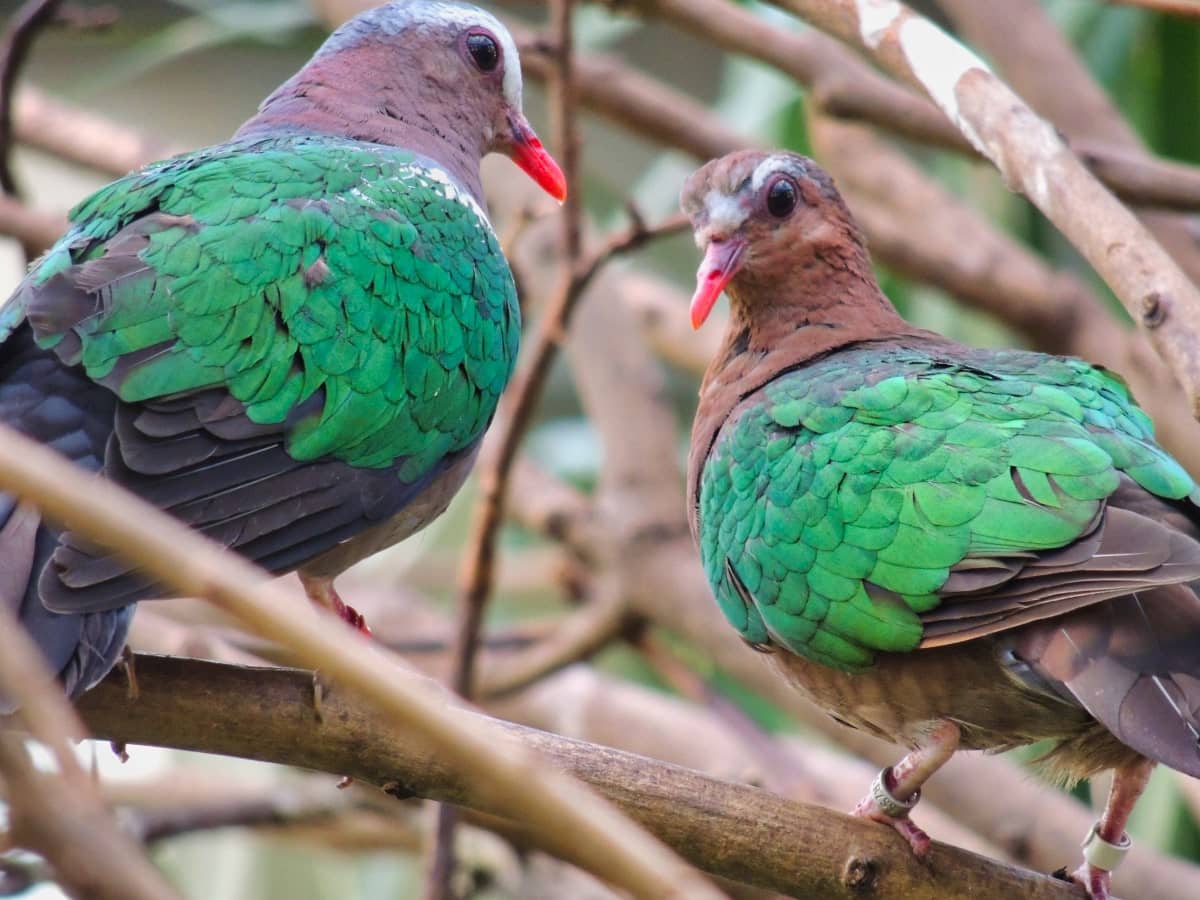
Tourist Information
Edinburgh Zoo hosts over 1,000 rare and endangered animals, including penguins, koalas, and tigers. Visitors can learn about these animals and their habitats through informative displays as well as keeper talks that go into detail about each animal from their natural habitats to the types of food they eat.
One of the main highlights is the primate building where you can view a troupe of 18 chimpanzees. This section of the zoo features a large indoor area with climbing frames, a day room, and a lecture theatre where visitors can learn about the threats chimpanzees face in the wild and the conservation efforts in place to protect them.
Visitors to the Budongo Trail can watch the group of chimpanzees in a setting that closely resembles their natural habitat, and the enclosure also serves as a hub for research and conservation which is closely linked with the Budongo Conservation Field Station in Uganda.
Other enclosures allow you to look at exotic birds, reptiles, insects, and mammals from all over the world, with each habitat located within easy walking distance of each other on paths that are tarmacked and (mostly) level. Even so, as a top tip, I recommend checking out the zoo website’s maps and guides page which has an interactive map so you can get to grips with the layout before heading out. The map is especially useful for wheelchair users as it shows which areas are easily accessed.
During your visit, you’ll find the obligatory (although excellent) gift shop, and visitors can enjoy two very good restaurants and a coffee shop, as well as several smaller fast-food eateries dotted about the site.
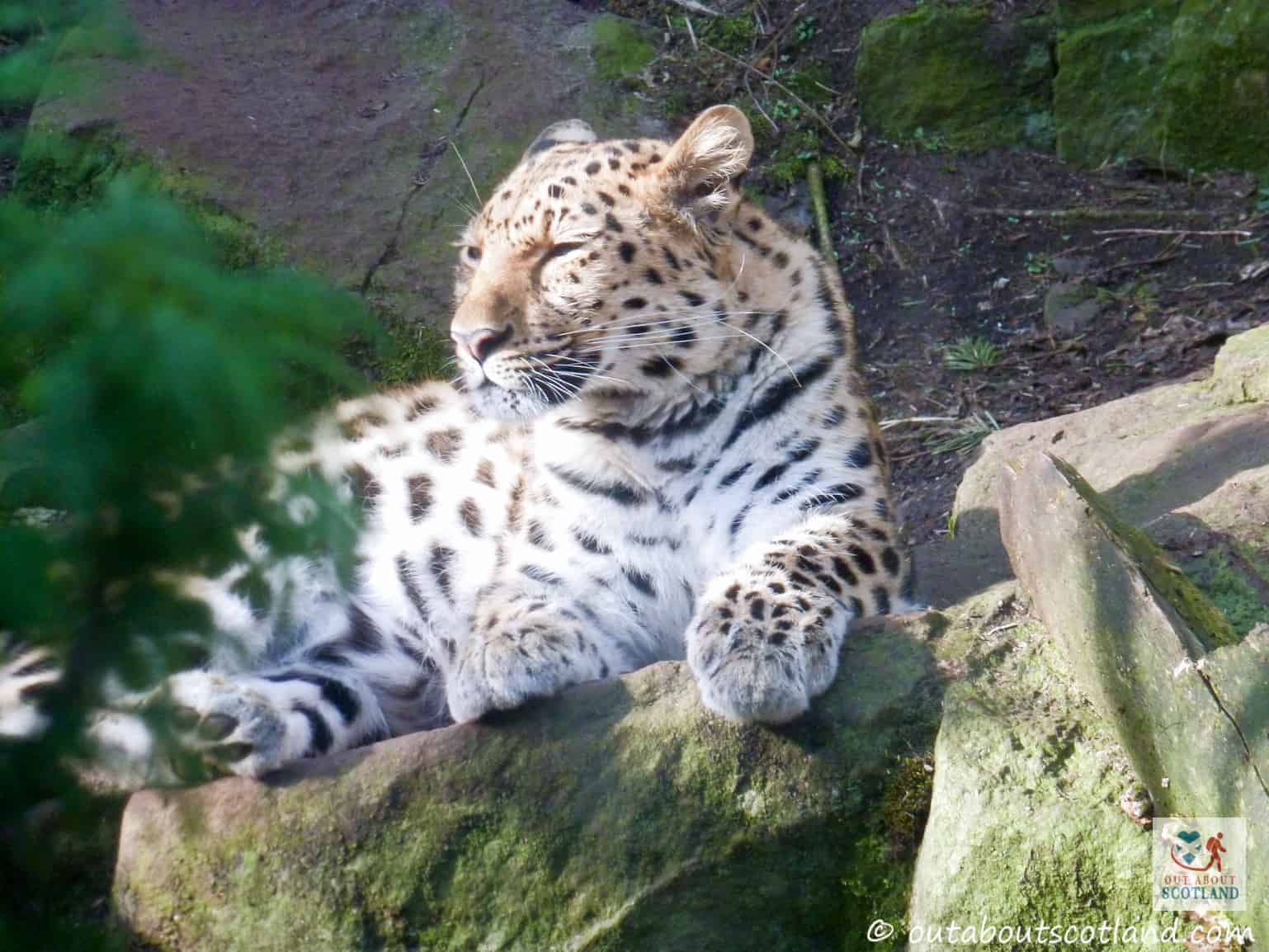
History
One of the zoo’s earliest successes was its penguin breeding programme which is still running today. The programme dates back to the 19th century when whaling ships brought back the first penguins, but it wasn’t until 1919 that the zoo’s first captive hatching occurred.
The penguins have since become one of the most-loved attractions at the zoo, and a visit wouldn’t be complete without checking out the hatchery section of Penguin Rock and trying to catch a glimpse of chicks nestled under the protective bodies of their parents.
If you visit the enclosure around midday, you’ll get to experience the daily penguin parade which began in 1950 when several penguins escaped by accident. The penguins enjoyed their taste of freedom so much that the keepers decided to let them out at the same time each day, and it’s now an ongoing tradition. The parade is a great way to see these birds close up and they seem happy to plod around the paths circling their enclosure.
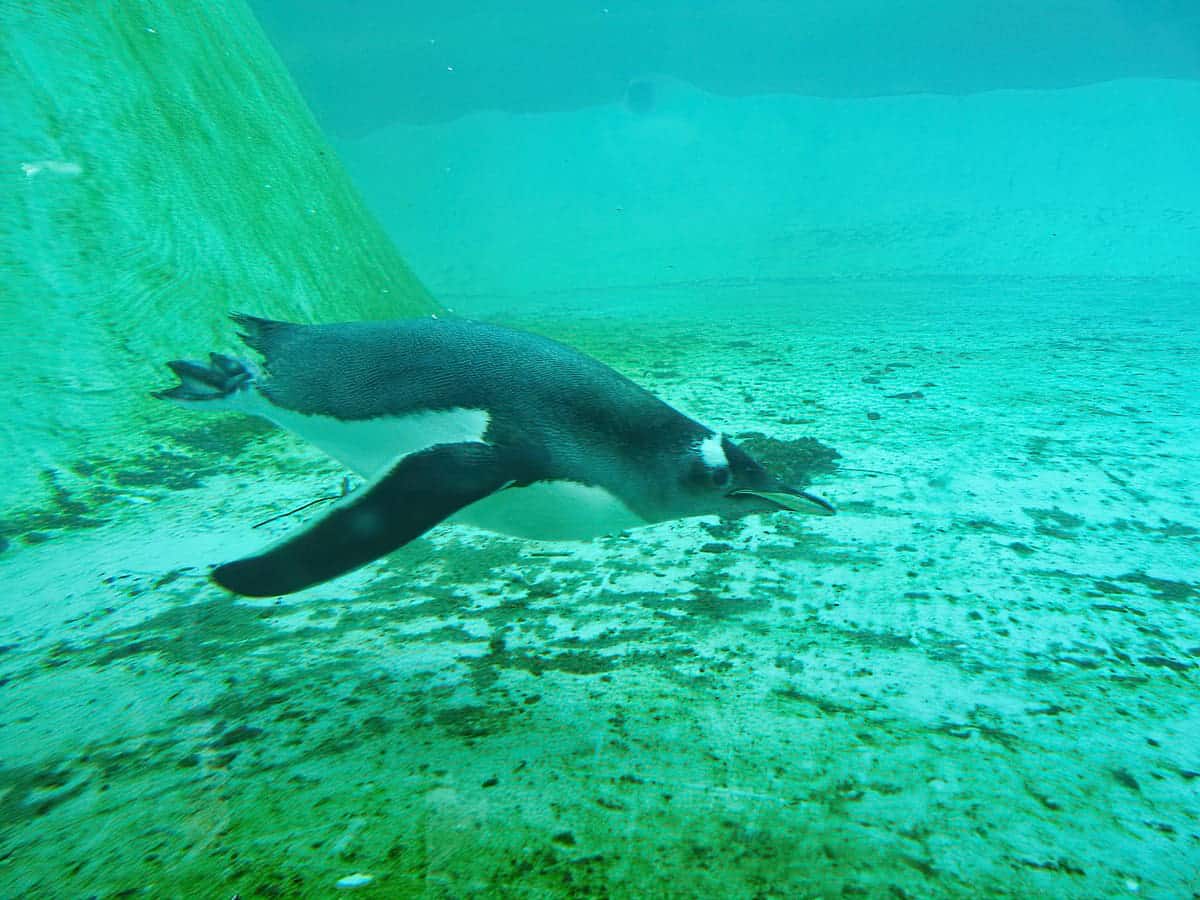
Rest assured, the animals are allowed to choose whether or not they want to join the parade, so if you take a peek inside Penguin Rock while the parade is running, don’t be surprised to see many of the lazier penguins lounging around by the poolside instead of enjoying a walk.
Two of the most famous animals that have called Edinburgh Zoo their home were Wojtek the Polish bear, and Sir Nils Olav the Norwegian King Penguin.
Wojtek was the mascot of the Polish 22nd Artillery Supply Company during WWII. He retired to the zoo when the Polish troops demobilised after the war ended, and his exploits during the war have become something of a legend. His story has even been memorialised in a bronze statue that can be seen in Princes Street Gardens.
The other famous zoo inhabitant, Sir Nils Olav, was the mascot and Colonel-in-Chief of the Norwegian Kings Guard. His son Nils Olav II was knighted in 2008, and a third penguin, Nils Olav III, was promoted to the rank of Brigadier in 2016.
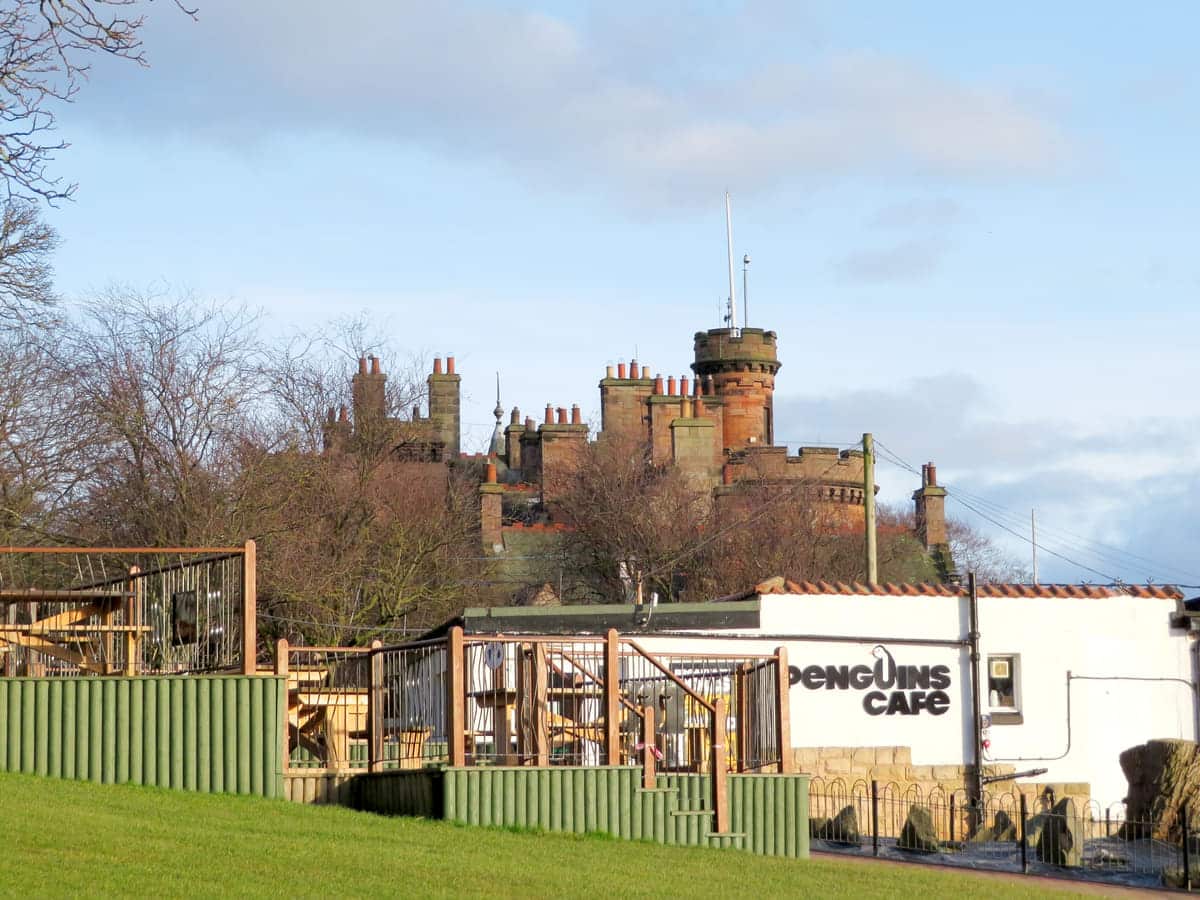
Things to Do
Meet the Animals: Edinburgh Zoo is home to one of the UK’s biggest collections of animals, featuring everything from lions and tigers to armadillos and kangaroos. There are paths that are accessible to people of all abilities where you can see all of these animals in custom-built enclosures. There’s so much to see that you can easily spend all day at Edinburgh Zoo.
Penguin Parade: One of the most popular attractions at the Edinburgh Zoo is the Penguin Parade. Witness the daily spectacle of the penguins waddling out of their enclosure to parade around the zoo. It’s an entertaining experience that visitors of all ages will enjoy.
Visit the Koala Territory. The Koala Territory at Edinburgh Zoo offers a unique opportunity to see these adorable creatures up close. Learn about their habitats in the wild and watch them snooze in the trees or munch on eucalyptus leaves.
Explore the Monkey House: The Monkey House is a must-visit for any animal lover. With a variety of ape species from around the world, you can watch these playful and curious animals swing from the trees and interact with each other. Don’t forget to take a look at the Budongo Trail, which is home to a troupe of 15 chimpanzees.
Participate in Keeper Experiences: For those who want a more hands-on experience, Edinburgh Zoo offers Keeper Experiences. You can spend a day shadowing a zookeeper, learning about animal care, feeding, and conservation efforts. It’s a behind-the-scenes look at the zoo that offers a deeper understanding and appreciation of the animals and the care they receive.
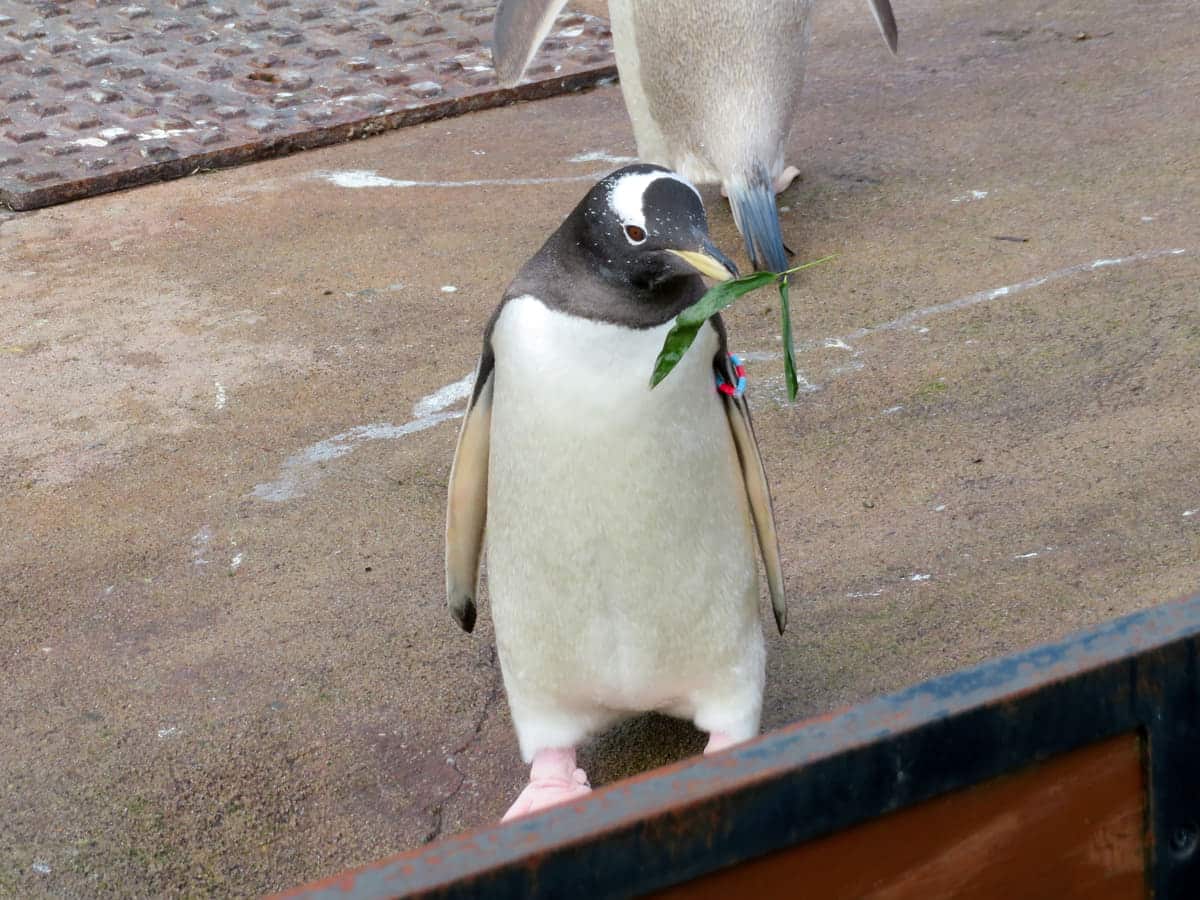
Things to Do Nearby
Dean Village. Dean Path, Edinburgh, EH4 3AY. 8-minute drive.
A historic site in Edinburgh that prospered with mills powered by the Water of Leith in the 18th and 19th centuries. It is now a popular tourist destination thanks to the restored buildings and scenic walkways along the river’s edge.
Lauriston Castle. 2 Cramond Road South, Edinburgh, EH4 6AD. 8-minute drive.
A 16th-century castle in the style of a Georgian manor house. The castle overlooks the Firth of Forth and features expansive grounds with a woodland walk and a Japanese garden.
Cramond. Cramond, Edinburgh, EH4 6NU. 12-minute drive.
A peaceful coastal village that sits on the edge of the Firth of Forth. Cramond is the main access point for visits to Cramond Island. The River Almond Walkway can be joined to the south of the village which follows the river as far as Edinburgh Airport.
Corstorphine Hill. Cairnmuir Road, Edinburgh, EH12 6UP. 5-minute drive.
A natural woodland located on a hill near the centre of the city. It is popular with locals due to its ease of access from the A90 to the north of the hill. There are paths throughout the hill in addition to attractions like Barnton Quarry, a Cold War bunker, and the Corstorphine Hill Walled Garden.
Gorgie Farm. 51 Gorgie Road, Edinburgh, EH11 2LA. 12-minute drive.
Friendly hands-on city farm that allows visitors to pet and play with a collection of animals including goats, pigs, ferrets, sheep, rabbits, and more. There is a shop and a café on-site. The LOVE charity is in charge of running the farm.
Frequently Asked Questions
How long can I stay at the Edinburgh Zoo?
Visitors can stay at Edinburgh Zoo all day, which is the duration of each entry ticket. However, most visitors spend around 4 hours at the zoo.
Can you just turn up at Edinburgh Zoo?
Currently, visitors are required to book tickets online to visit Edinburgh Zoo, though RZSS members and accompanied guests do not have to book in advance. Visit the RGBE website for the latest updates.
Who runs Edinburgh Zoo?
The Royal Zoological Society of Scotland owns and operates Edinburgh Zoo.
How long will pandas be at Edinburgh Zoo?
The giant pandas at Edinburgh Zoo—Yang Guang and Tian Tian—are due to return to China in 2023 as part of a 10-year deal with the Chinese government.




